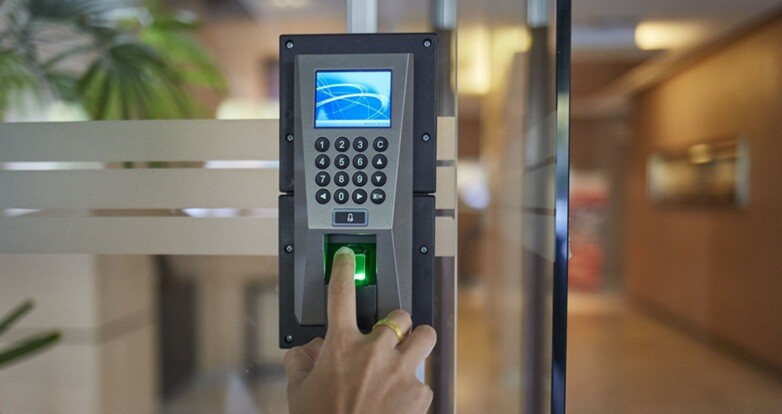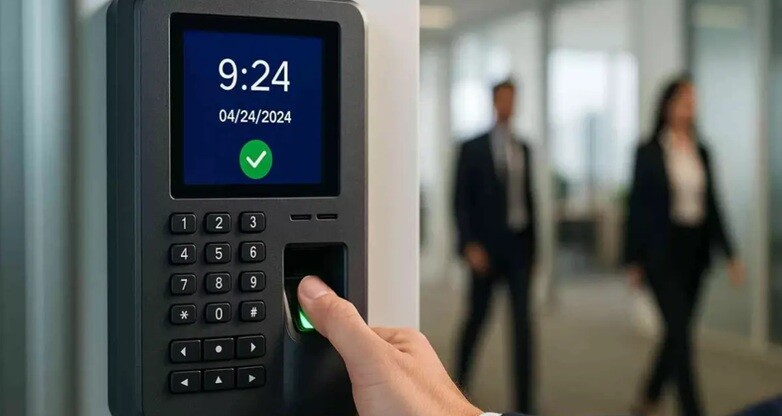Have you ever considered whether you are using time efficiently? Or, as an employer, have you ever found it difficult to monitor the attendance of a dispersed workforce? From anywhere in the world, businesses face similar issues, especially in today’s world, with remote work and flexible work arrangements becoming a norm. The answer to these dilemmas lies in the advanced Time and Attendance Systems. This guide discusses the ins and outs of these systems to allow you to understand their features and advantages to make an empowered choice.
In our fast-paced world today, time management kills simply an art good. When it comes to enhancing productivity and attaining organizational goals, time and attendance prove to be quite the opposite. And, for businesses, more than just a casual sky-clodding diversion, employee time and attendance management is a nightmare of a task. Traditional time management processes may have worked in the past but, today, with employee mobility and diverse work schedules, this calls for serious solutions – and that is perfectly well offered by comprehensive biometric time and attendance systems.
In this article, we will explore the world of biometric time and attendance systems. We will explain the must-have features and let you know what makes an ideal system. Next, we will analyze the pros and cons to give you an overview and setting of these systems. Strap on and be set for a detailed presentation of the workings, more on background, principles, and events that would lead to all the happenings pertaining to biometric time and attendance systems.
WHAT IS A TIME AND ATTENDANCE SYSTEM, TO BE MORE SPECIFIC?
Biometric time and attendance systems are software or applications designed to record, manage, and track employees’ working hours. They help businesses optimise their workforce productivity by automating timekeeping, payroll, and compliance processes. The best ones are those that cater to your unique organisational needs-whether that is in manufacturing, retail, healthcare, or any other sector.
Thus, in the modern world of employment, wherein remote work, freelance, and contract work are daily conversations, these systems have become necessities rather than luxuries. The system will effortlessly monitor a distributed workforce, handle shifts, and eliminate the possible inaccuracies and fraud found in a manual record-keeping process.
WHAT ARE THE MUST-HAVE FEATURES OF A TIME AND ATTENDANCE SYSTEM?
Every company is different. So what would be the perfect Time and Attendance System for one organisation could be the wrong solution for another. Nevertheless, such a system must have key features including flexible, user-friendly, compatible with any existing system, extensive reporting, and the fact that it is based on cloud technology with real-time data tracking.
In this interconnected world, it goes without saying that it must be mobile compatible. An ideal Time and Attendance System will fit seamlessly together with your existing systems, support the latest devices, and provide straightforward accessibility to all your employees.
Benefits of Time and Attendance Systems
Time and Attendance Systems are game-changers. They are saving businesses the hours of manual record-keeping, preventing any errors and frauds concerning payroll, providing data back-up in the event of any disputes, enabling the proper management of workforce resources, and helping with compliance to labour laws and regulations. All these, in turn, justify the existence of cash savings and more streamlined operations.

A robust Time and Attendance System aids the HR departments in automating the mundane chores while allowing them to devote their time to more strategically aligned work. In addition, it promotes transparency and fairness among employees, which directly impacts their morale and retention.
Disadvantages
Things must have their ups and downs. The scenarios of Time and Attendance Systems are scarcely any different. Implementation costs, steep learning curves, resistance from employees, and probable reliance on the system’s reliability could some day be turned into real challenges.
Nevertheless, most of the aforementioned disadvantages are transient or dealable. With thorough planning, good communication, and a system that is easy to integrate, provides constant support, and offers training, you should be able to leave a good number of these drawbacks with a grain of salt.
Choosing The Right System For Your Organisation
Finding your way through biometric time and attendance systems is not a one-size-fits-all endeavor. Your organization’s size, industry, employee demographic, existing infrastructure, and budget should be strongly considered. A thorough needs assessment could go a long way in the quest for the right candidate. You would also do well to analyze potential participants, solicit feedback from employees, and give a trial period for shortlisted systems before making a decision.
Future Trends in Time and Attendance Systems
With technology changes, Time and Attendance Systems will also change as bestowal thereof in the future will see systems embracing Artificial Intelligence and Machine Learning for advanced sleuthing and predictive analytics. As remote work trends continue to grow, biometric technology will be more widespread, while mobile apps and cloud platforms will take an even larger share of the market.
Time and Attendance Systems are unquestionably an element of great significance to modern enterprises, with their array of functions and benefits. They improve productivity, save costs, and promote a culture of fairness at work. That said, the decision to implement one must be made upon thorough assessment of your organisational requirements, features of the system, and a cost-benefit analysis.
Keep in mind that it is a huge investment but one that will reap great dividends later. With the trend of working remotely and flexible hours now in full swing, the timing to make this leap has never been better. After all, when it comes down to business and life, time is money!
You may also like to read,
- Find the Utility of the Biometric Attendance System for Surveillance
- FAQs: Employee Fingerprint Time Clock
- Biometric Fingerprints Concerns for the Employees And Organization







